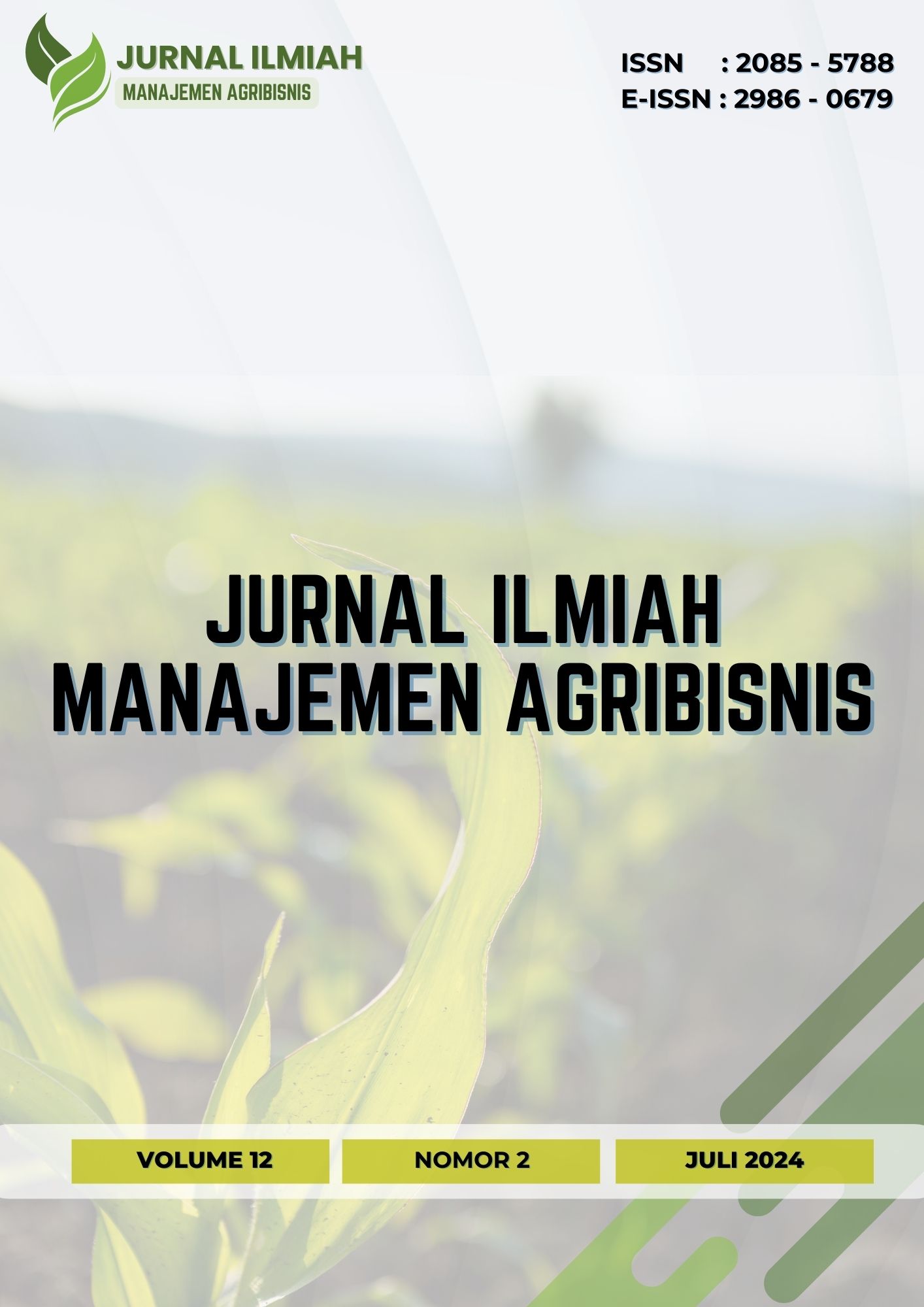Dampak dan Stabilitas Harga Terkait Kebijakan Harga Dasar dan Harga Atap untuk Padi
Impact and Price Stability Related to Floor Price and Ceiling Price Policies for Rice
DOI:
https://doi.org/10.33005/jimaemagri.v12i2.31Keywords:
rice, ceiling price, floor price, policies, stabilityAbstract
In particular, the ceiling price is intended to protect consumers from rising prices during the lean season, while the floor price is intended to protect farmers as producers from falling grain prices during the main harvest season. This study aims to identify the impact and price stability related to the floor price policy and roof prices for rice using secondary data with qualitative research through a literature review approach. To increase producer and consumer surplus evenly, a policy is needed which is a combination of fertilizer subsidy policies and HPP policies. The policy of eliminating fertilizer subsidies accompanied by an increase in the base price had a negative impact on the real income of farmers, which occurred due to the ineffective implementation of the policy to increase the base price of grain, so that the increase in production costs had not been offset by the increase in the selling price of grain at the farm level. The government uses a floor price and maximum price strategy in an effort to achieve price stability for grain and rice. Indonesia's rice policy is developing very dynamically which is a consideration in making rice policies in the future. The price stabilization policy is an essential policy used to support the achievement of self-sufficiency and food security. The government should maintain the stability of rice prices by paying attention to the timeliness and magnitude of the increase.











